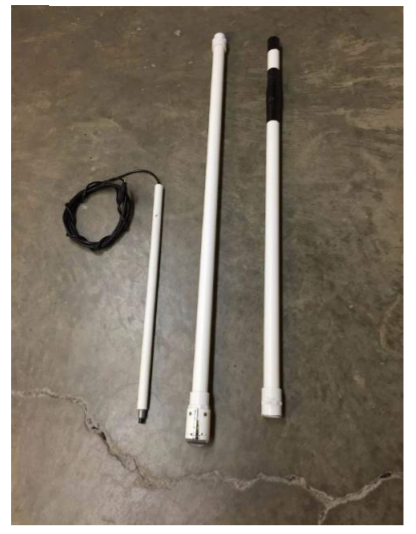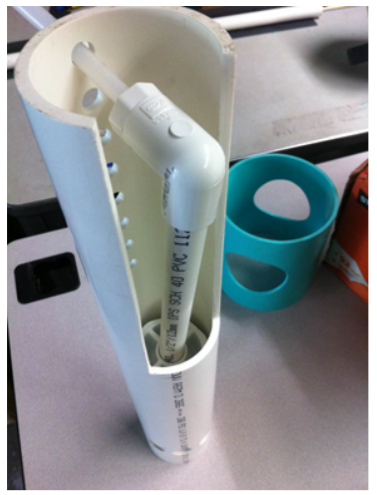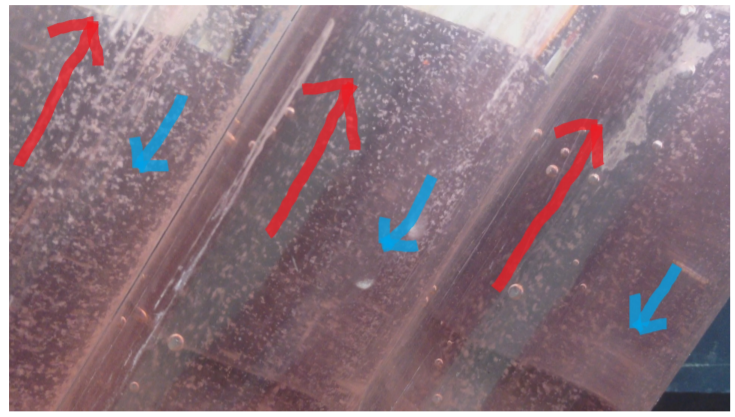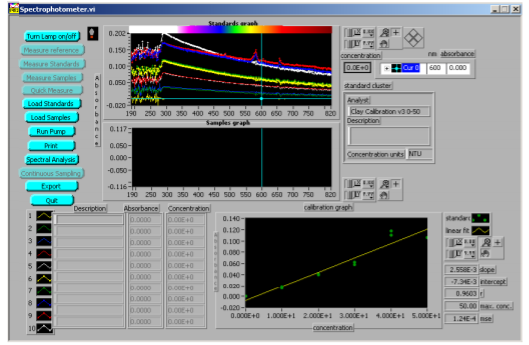Mallika Bariya, Tanvi Naidu, Chae Young (Flora) Eun
Abstract
The Fall 2015 Flocculator Efficiency subteam worked on designing, developing, and testing a flocculator model that optimizes the verticalflow flocculator used in AguaClara water treatment plants. The team addressed the accumulation of lowshear regions of water above the top of the lower flocculator baffles, a phenomenon that creates a “dead” region in which collision potential for the creation of flocs is very low. Dead zone formation occurs due to a decrease in fluid velocity as water transitions from the bottom of the flocculator to the top and as it flows over the lower baffles. The team hypothesized that compressing the water flow would increase the fluid velocity and, as a result, allow the water to flow at a higher trajectory over the lower baffles and reduce the formation of dead spaces. Furthermore, the addition of an extra contraction and expansion would create more turbulence in the region above the lower baffle and increase collision potential. This issue was addressed by installing obstacles in the form of slit pipes at the tops of the lower baffles. Test results with these features showed that the obstacles were able to compress the flow and consequently increase the fluid velocity and turbulence in the ‘dead zone’ region. The team measured and observed the results of this design feature by testing the model through flow visualizations using a red dye tracer. Among the variables tested, the best desired effect was observed with a restriction of 78% of channel width, for both laminar flow and potentially turbulent flow (Re= 3000). With a 60% restriction, the formation of a circulating region was observed, although this eventually cleared up. There is a need for further research on how the geometry of the obstacle might be impacting this phenomenon.




















